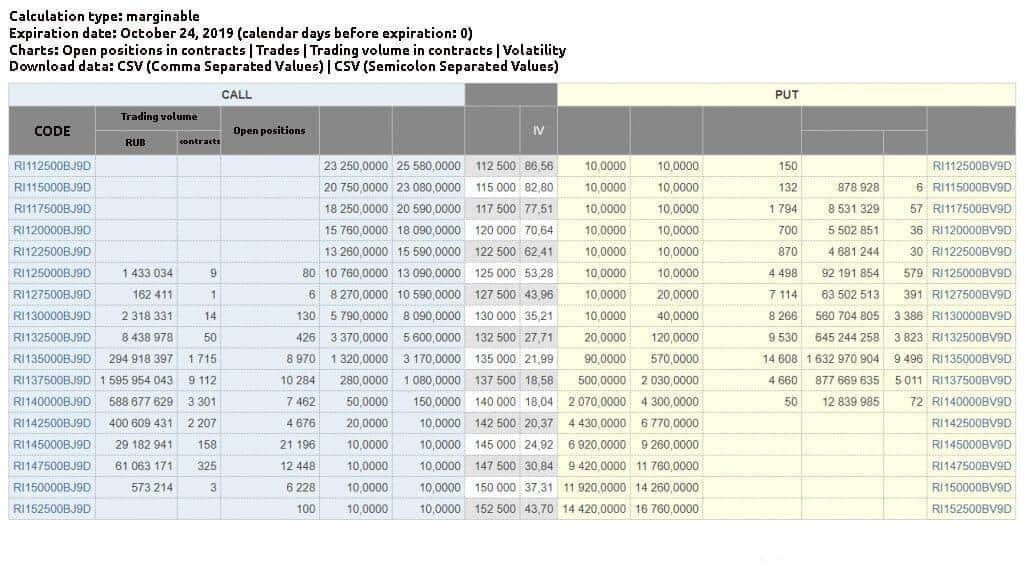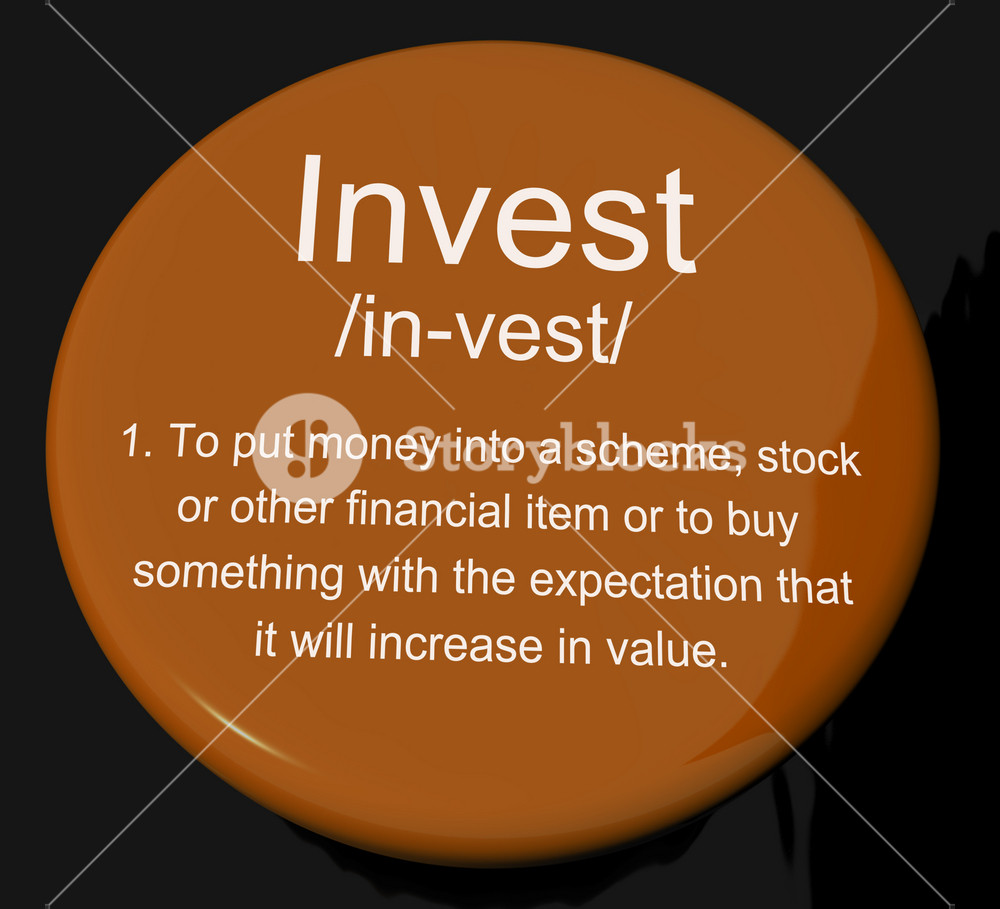
A common strategy when it comes investing is bond laddering. Bond laddering involves owning multiple financial products with different maturities. By reinvesting interest income, you can earn higher interest rates than you would if you had just one bond. However, there are some important things to know before investing in a bond ladder. This article will explain the advantages and drawbacks to bond laddering as a way to increase your average yield.
Drawbacks of a bond platform
Bond ladders have their advantages and disadvantages. A bond ladder lets you have regular access to your money. If you withdraw, the mature principal can be invested in a longer-term bond or another type of vehicle. Another advantage is the possibility to reinvest funds at any moment, regardless of circumstances. A bond ladder can be more risky than an ETF that is diversified in bonds. Additionally, you are more susceptible to losing money if a bonds fails and are not able to get out at any moment.

Another drawback to a bond ladder is the fact that you need to keep the bonds in place until they mature. This is not always the best solution since you may miss out on higher interest rates. However, the initial yield can help you manage risk in the long run. This may not be the right option for you. You'll have more exposure to future interest rate environments than you would with a fund that does not require you to invest a huge sum of money.
Investing in a Bond ladder with reinvestment interest income
Investing on a bond ladder can help investors diversify and reduce their risk. You have the option to invest in various types of bonds like corporate bonds. Depending on your risk tolerance, you may find other investments more beneficial. However, you should remember to diversify your portfolio by not choosing bonds that are callable or redeemable by the issuer.
You should ensure that the maturity dates for a bond ladder are not set in stone. By doing so, you can avoid locking in one rate for a prolonged period of time. Your investment will be protected from fluctuating interest rates by a bond ladder with a longer maturity date. For example, if inflation were not at its fastest, it would be a loss of money to invest in a 10-year bond. If interest rates were low, you could have reinvested the money at higher rates.
Average yields for a bond ladder
A bond ladder can provide predictable income streams. As your bonds mature they will automatically convert to longer maturities. You'll get coupon payments and your principal back when your bonds mature. This allows you to reinvest your principal without incurring a penalty. A large portfolio can be built up without incurring a penalty.

A bond ladder also allows you to benefit from future interest rate rises by reinvesting proceeds from maturing bonds each year. This allows you buy bonds with longer maturities or higher coupons, and wait until the next calendar year to reinvest principal. Individual bonds are risky and can default at high rates. Only invest in a bond-ladder if you are prepared to take this risk.
FAQ
What is the difference between a broker and a financial advisor?
Brokers help individuals and businesses purchase and sell securities. They handle all paperwork.
Financial advisors are experts in the field of personal finances. They are experts in helping clients plan for retirement, prepare and meet financial goals.
Banks, insurance companies or other institutions might employ financial advisors. They can also be independent, working as fee-only professionals.
Consider taking courses in marketing, accounting, or finance to begin a career as a financial advisor. Also, you'll need to learn about different types of investments.
How are securities traded?
The stock market allows investors to buy shares of companies and receive money. Shares are issued by companies to raise capital and sold to investors. Investors can then sell these shares back at the company if they feel the company is worth something.
The price at which stocks trade on the open market is determined by supply and demand. When there are fewer buyers than sellers, the price goes up; when there are more buyers than sellers, the prices go down.
Stocks can be traded in two ways.
-
Directly from the company
-
Through a broker
What are the benefits to owning stocks
Stocks have a higher volatility than bonds. The stock market will suffer if a company goes bust.
If a company grows, the share price will go up.
Companies usually issue new shares to raise capital. This allows investors to purchase additional shares in the company.
Companies borrow money using debt finance. This allows them to access cheap credit which allows them to grow quicker.
Good products are more popular than bad ones. The stock's price will rise as more people demand it.
As long as the company continues to produce products that people want, then the stock price should continue to increase.
Statistics
- Individuals with very limited financial experience are either terrified by horror stories of average investors losing 50% of their portfolio value or are beguiled by "hot tips" that bear the promise of huge rewards but seldom pay off. (investopedia.com)
- The S&P 500 has grown about 10.5% per year since its establishment in the 1920s. (investopedia.com)
- For instance, an individual or entity that owns 100,000 shares of a company with one million outstanding shares would have a 10% ownership stake. (investopedia.com)
- Ratchet down that 10% if you don't yet have a healthy emergency fund and 10% to 15% of your income funneled into a retirement savings account. (nerdwallet.com)
External Links
How To
How to make your trading plan
A trading plan helps you manage your money effectively. It helps you identify your financial goals and how much you have.
Before you begin a trading account, you need to think about your goals. You might want to save money, earn income, or spend less. You may decide to invest in stocks or bonds if you're trying to save money. If you are earning interest, you might put some in a savings or buy a property. You might also want to save money by going on vacation or buying yourself something nice.
Once you know what you want to do with your money, you'll need to work out how much you have to start with. This depends on where your home is and whether you have loans or other debts. You also need to consider how much you earn every month (or week). Income is what you get after taxes.
Next, you'll need to save enough money to cover your expenses. These expenses include bills, rent and food as well as travel costs. These all add up to your monthly expense.
The last thing you need to do is figure out your net disposable income at the end. This is your net available income.
You now have all the information you need to make the most of your money.
Download one online to get started. Or ask someone who knows about investing to show you how to build one.
Here's an example.
This displays all your income and expenditures up to now. This includes your current bank balance, as well an investment portfolio.
And here's a second example. This was designed by a financial professional.
It will allow you to calculate the risk that you are able to afford.
Don't try and predict the future. Instead, be focused on today's money management.